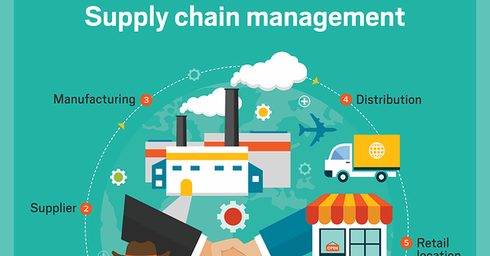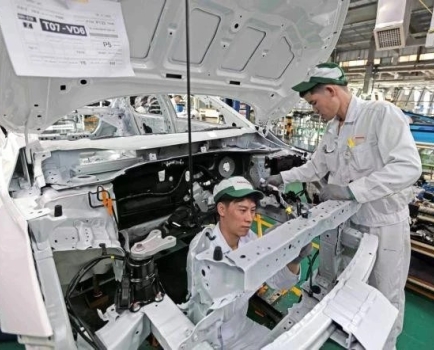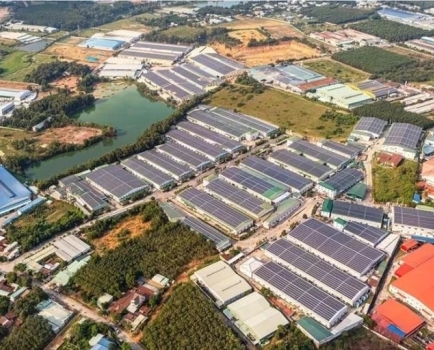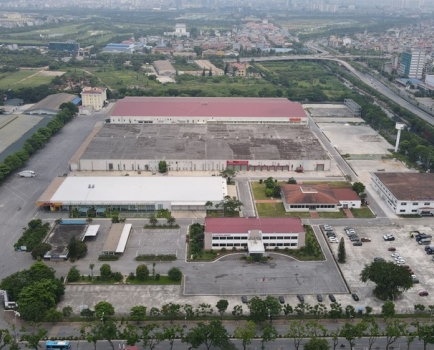Supply chain restructuring to bolster exports to EU
Sun, 21 Jun 2020 15:33:00 | Print | Email Share:
With the impending EU-Vietnam Trade Agreement (EVFTA) set to come into force during the second half of the year, exports are poised to enjoy a fresh impetus, but it remains vital to invest methodically and restructure necessary supply chains in order for Vietnamese goods to remain competitive in the long run.

Exports to EU plummet compared to forecast
The opening five months of the year saw the country’s exports to the European Union (EU) market reach a mere US$12.9 billion, a drop of 12% in comparison with the same period from last year. Most notably, territories such as Austria, Portugal, Denmark, and Ireland all experienced sharp falls of between 12% and 30%. Overall, the only four markets to enjoy any signs of growth were Hungary, up 62%, Estonia, with an increase of 50%, Finland, a rise of 36%, and Bulgaria, enjoying a boost of 16.4%.
The forecast issued in late March by the Ministry of Industry and Trade anticipated that the nation’s exports to the EU during the first half of the year could see a drop of between 6% and 8% depending on if the novel coronavirus (COVID-19) continues into June, however the actual decline recorded after five months was much larger.
Recent months have seen plenty of local footwear enterprises endure a "headache" due to the demand for footwear from the EU market decreasing sharply following a general economic downturn caused by the COVID-19. Orders for the end of the year remain scarce, if any, whilst the value of items will also be reduced by approximately 30% compared to 2019, a representative of a footwear business in the southern province of Binh Duong stated.
Last year saw the Vietnamese export of footwear and handbags to the EU reach roughly US$4.65 billion and US$1 billion, respectively. At present, the EU is the second largest export market for the domestic footwear industry, accounting for 30% of the sector’s total export value. This highly lucrative market can be considered of special significance with the EVFTA about to take effect in the near future. As the EU represents one the globe’s largest markets, just a 10% drop in export turnover would correspond to a loss of nearly US$600 million.
Value chain investment needed
Meeting the criteria of origin and overcoming several of the high technical barriers set by the EU are two requirements that the nation’s goods must adhere to in order to enjoy preferential import tax rates and successfully gain entry into the vast demanding market.
Whilst the EVFTA will come into effect during the second half of the year, it can be viewed that several of the advantages of a new market opening and tax reductions pose difficulties to create fast export growth for industries that usually greatly benefit from free trade agreements, such as garments and textiles, footwear, and seafood.
Most notably, since the global breakout of the COVID-19, the country’s exports to the EU have shown signs of a slowdown, even recording a slight decrease in some sectors. Last year, the nation’s export turnover to the EU reached US$41.5 billion, while the 2018 figure stood at US$ 41.9 billion.
Ta Hoang Linh, head of the Europe-America Market Department under the Ministry of Industry and Trade, explains that the country’s exports to the EU have gone through a period of hot development. Agricultural products such as coffee, vegetables, and cashew nuts are typically raw exports, so their added value is not considered to be high, and is strongly affected by price reduction and growing supply sources worldwide.
As a result of this, even when demand from the EU market increases, Vietnamese enterprises will still have to overcome strict technical barriers from the EU if they are keen on increasing the volume of exported goods.
In the long term, it is the responsibility of local businesses to intensify investment in production according to the value chain and make products stay fresh after processing. This should be done as a means of enjoying competitive export prices in order to battle against rival agricultural products in the EU.
Regarding the opportunities that will be open to the nation once the trade deal becomes effective, Giorgio Aliberti, Ambassador and head of the EU delegation to Vietnam, notes how the country’s export growth to the EU from 2001 to 2018 surged by 16%, a smaller level when compared to the share of global trade. Therefore, the nation must use the opportunities brought about by the EVFTA to seize the initiative and boost export growth.
Tim Evans, General Director of HSBC Vietnam, says that the EVFTA will create a range of new opportunities for Vietnamese exporters to enjoy, although Vietnam must reform and restructure supply chains if it wants to effectively utilise plenty of the positive aspects of the agreement.
Aliberti believes that it is possible for both sides to enjoy a great deal of benefits once the trade pact enters into force. Indeed, a World Bank study states that the nation’s GDP is anticipated to increase by approximately 2.4% and its exports to the EU market will enjoy growth of 20% by 2030 once the EVFTA comes into effect.
By: VOV
Source: https://english.vov.vn/economy/supply-chain-restructuring-to-bolster-exports-to-eu-415043.vov
---------------------------------------------
Same category News :













